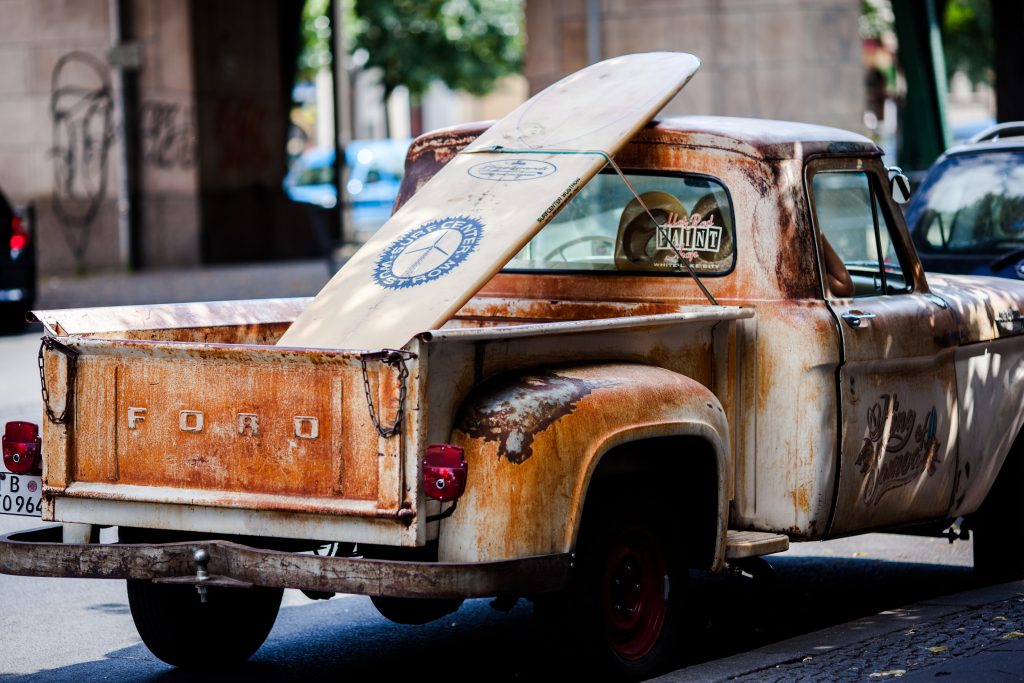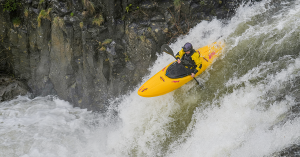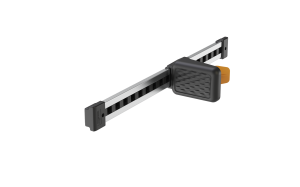Paddlesport companies are currently striving to find ways to reduce their environmental impact, from improving manufacturing processes and reducing plastic to partnering with organizations focused on creating cleaner waterways. As beneficial as all this is, perhaps we are overlooking a subtler method of having a significant impact: producing products that last.

No doubt producing high-quality products that can last for years, or even a lifetime, offer significant value to the consumer. While quality comes at price consumers must be willing to pay, often what is good for the consumer is also good for the environment. Not having to frequently replace products reduces the need for packaging and shipping, not to mention the high environmental costs of production, from the extraction of natural resources through mining, harvesting, or land clearing, to carbon dioxide (CO2) emissions and environmentally-hazardous waste. But is producing quality products that last good for paddlesports?
Producing quality products that last requires forethought and can be expensive. It means sourcing quality materials and looking thoroughly at design and the manufacturing process to identify and prevent potential flaws, as well as considering what the life-span of a product-even its end of life home- looks like.
“Quality has long-driven many of the smaller, family-owned companies that define the European paddlesport market, like Gatz Kanus and Lettmann”
In environments where safety is paramount, it makes sense to make quality products consumers can trust. In addition, long-lived, durable products can become iconic representations of who a brand is and what they stand for. But considering the demanding and dynamic river and ocean environments paddlesport products are used in, is it reasonable to expect products a lifetime? It depends on how you define a lifetime.
To reduce waste and keep hard-to-recycle products out of landfills, companies need to be willing to repair and extend the life of their products. Consumers must also remember that just because something is no longer new doesn’t mean it isn’t functional, and that there is a difference between use and abuse. There is a saying that “a carbon boat never dies, it only becomes older and heavier,” referencing the material’s seemingly endless ability to be repaired. Carbon is far from the only material with this property. In fact, the majority of materials used in paddlesports, including PVC, dropstitch, rubber, wood, and polyethylene are weldable or patchable.
“Kokatat is well-known for the in-house repairs they offer on their drysuits, and US powerhouse NRS is currently building a repair facility to help keep their products in service longer.”
The US-based Aquabound claims sustainability as one of the tenets of their company philosophy. In addition to numerous sustainable and environmentally-friendly production methods, Aquabound estimates that customers who care for their product properly are likely to obtain excellent service from their paddles for 20 years or more. “When the unthinkable does occur, more often than not, our paddles can be repaired rather than discarded,” they state proudly. Kokatat is well-known for the in-house repairs they offer on their drysuits, and US powerhouse NRS is currently building a repair facility to help keep their products in service longer. They are also planning to launch a shopping site for used products this spring to give usable gear a second life.

Quality has long-driven many of the smaller, family-owned companies that define the European paddlesport market, like Gatz Kanus and Lettmann. Both Gatz and Lettmann have many reasons for making quality products, from environmental impact to using them themselves. Arno Gatz’s goal when building his first canoe was the same as it is now: build a quality product that can last for decades. “It is not unusual that our customers or their kids still enjoy paddling their 30+-year-old canoes today,” says Arno’s son, Olaf.
The German-based Lettmann, who develops, designs, and produces a wide variety of boats, paddles, and accessories in their factory, also offers repairs on laminated fiber composites and thermoplastics, including polyethylene, regardless of who initially made the product. Their website also sells used boats, including ones not designed or manufactured by Lettmann for an environmentally and cost-friendly purchase option. “A product which lasts holds his value-even if you sell it after 10 or 20 years. The other benefit is that production always has the biggest footprint for the planet,” reminds Jochen Lettmann.
“Best yet, if we make and repair products that last for a lifetime, companies must be innovative, creating new products and designs to inspire and motivate new purchases and keep customers coming back.”
For many, paddlesport requires a significant initial investment. From paddle to boat to soft goods, quality products that will not need replacing for many years benefit all of us. Loyal customers, quality products, and a lifetime of paddling memories are only improved by knowing we are contributing to the health of the environment we love. Best yet, if we make and repair products that last for a lifetime, companies must be innovative, creating new products and designs to inspire and motivate new purchases and keep customers coming back.
By choosing to commit to quality, we can paddle smart, safe, and environmentally friendly, leaving, as Gatz Kanus asks, only the swirls and waves of our paddles behind.
By: KS Publishing Editorial Team
Article published in the 2020 Paddler’s Guide.



